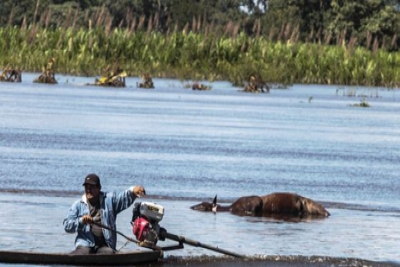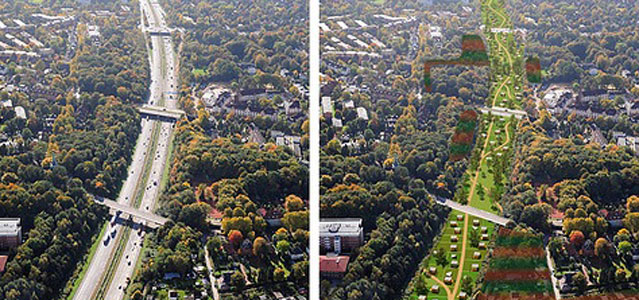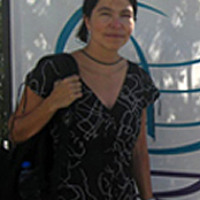Why conservationists need a little hope: saving themselves from becoming the most depressing scientists on the planet
August 19, 2014, news.mongabay.com | “Here’s a challenge: take a conservationist out for a drink and ask them about their work. Nine times out of ten—or possibly more—you’ll walk away feeling frustrated, despondent, and utterly hopeless. You’ll hear about rainforests being chopped down for palm oil or chopsticks; or a just-discovered species that probably just went extinct; or a government that is worse than ambivalent: corrupt; or a shadowy corporation that’s doing some horrific thing to ecosystems and local people just to make greedy shareholders happy.”
GoodNews FortheEarth shared a link.
Here’s a great article about why to support the kind of cheerleading that we do at Good News for the Earth —
interviews with top conservation biologistsWhy conservationists need a little hopenews.mongabay.comthe human brain is wired to try harder only when there is reason to believe that those efforts will make a difference. — The Sword of Damocles over our head is not the right image
- Heather Louise Parker likes this.




![Photo: SOLAR ENERGY FUELS "THE ECONOMICS OF HAPPINESS"
Ladakh, India is an isolated high altitude region in the rain shadow of the Himalayas that used to rely on imported, expensive, and dirty fossil fuels for light, heat, and power. Now, it uses #solar energy for almost everything. Since it's sunny 320 days a year, solar is an incredibly cheap and reliable power source.
Nations around the world are leapfrogging fossil fuels so that they do not have to pay ever increasing $$ for them. Switching to #renewable energies, saving $$ and the environment are the right steps to the 'economics of happiness'.
Learn more >> http://tinyurl.com/lvorpok
The documentary "The Economics of Happiness" describes a world moving simultaneously in two opposing directions. On the one hand, government and big business continue to promote globalization and the consolidation of corporate power. At the same time, people around the world are resisting those policies – and, far from the old institutions of power, they’re starting to forge a very different future. Communities are coming together to re-build more human scale, ecological economies based on a new paradigm – an economics of localization - and of happiness rather than material overconsumption.
WATCH the trailer >> http://vimeo.com/ondemand/theeconomicsofhappiness/64564269
More info >> http://www.theeconomicsofhappiness.org/,
http://www.localfutures.org/
Image credit: EARTH-The Operators' Manual
[M]](https://scontent-a-sjc.xx.fbcdn.net/hphotos-ash3/t1/p526x296/1795714_723974434300239_164640814_n.jpg)

Recent Comments